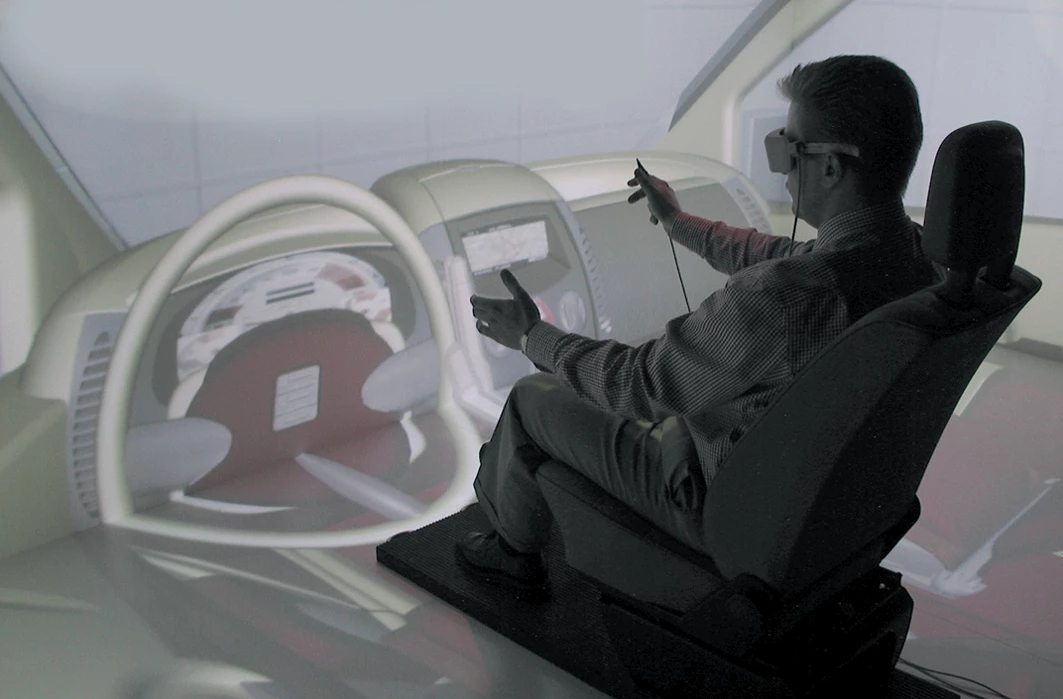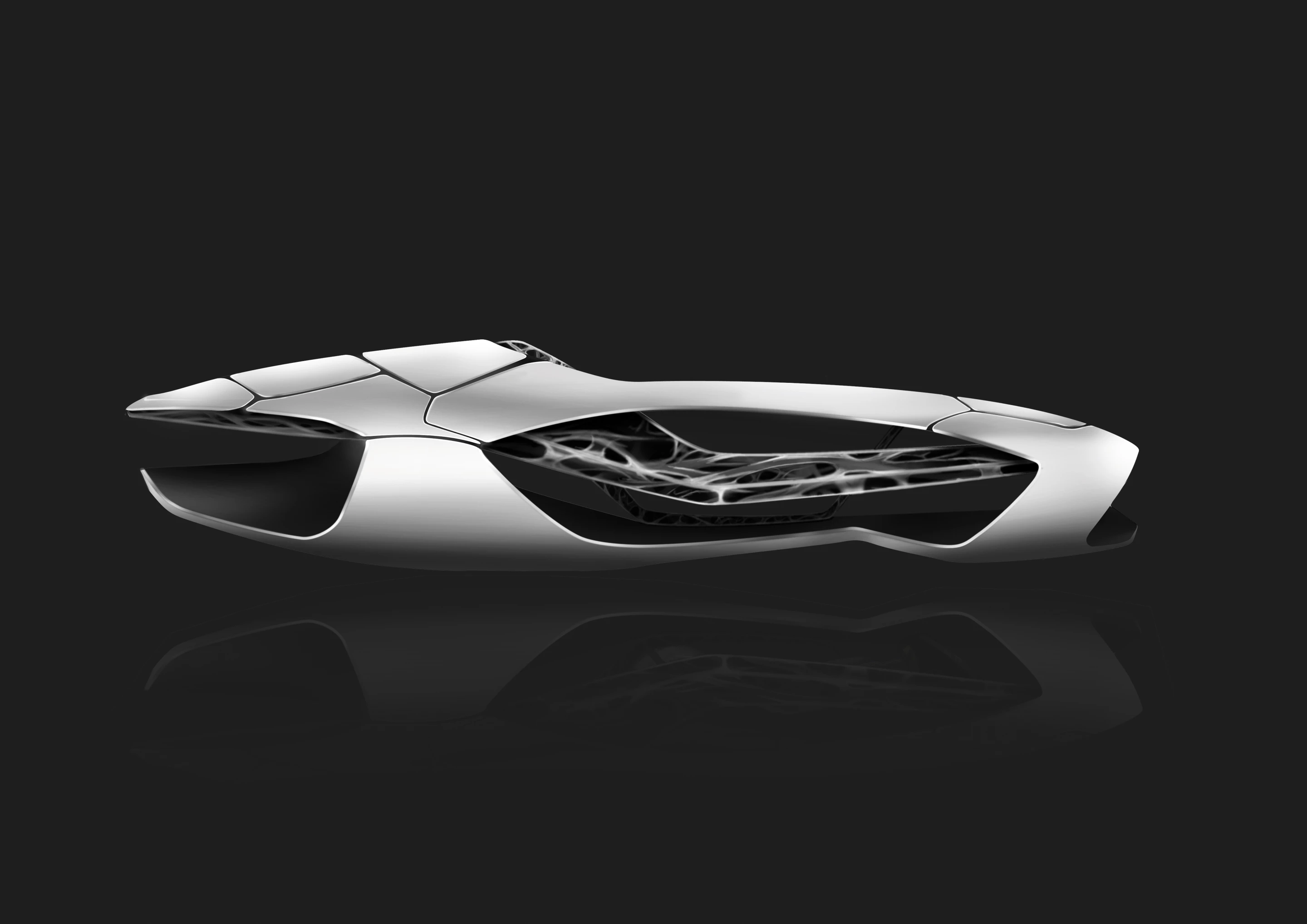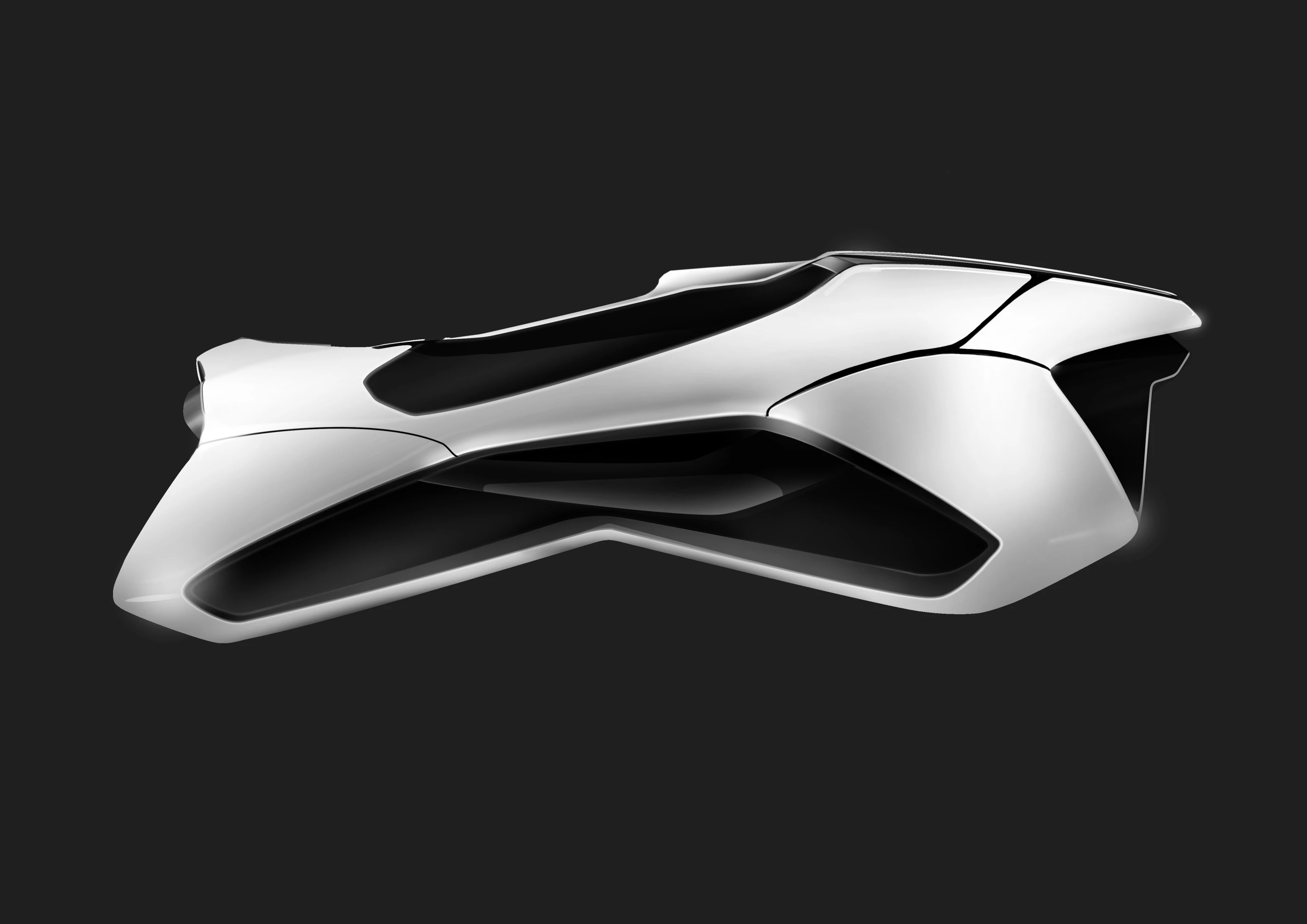Of all the technologies to have emerged from the digital renaissance, additive manufacturing (3D printing) has the potential to be the most disruptive. Yet another example of how the world of manufacturing will change will be displayed at the Geneva Motor Show this week when EDAG, the world’s largest independent engineering partner to the international mobility industry, displays an example of a printed automobile. The Genesis is more a conceptual sculpture than an automobile, but it will give you a taste of what the world's leading manufacturers might be producing a decade or two from now.
To understand the importance and relevance of EDAG's future take on automotive production – the printing of whole car bodies – it's necessary to understand the company's core expertise.

EDAG consults to many of the world's leading mobility industry producers on a holistic level encompassing not just vehicles, but vehicles and manufacturing. It works not just in the car industry but also with commercial vehicle manufacturers, train and light rail manufacturers, and in the aerospace industry. EDAG specializes in creating ready-for-production solutions because it offers expertise in both product and production, all the way through to manufacturing plant construction.

Every year, Gizmag.com writes up EDAG's concept and show cars, sometimes more than one vehicle. They are not just future focused, but often take existing designs and give them greater flexibility.

In other cases, they look at new emerging lifestyle choices and propose interesting solutions. EDAG designs always involve the presentation of new thought.

Hence when EDAG produces an example of a one-piece vehicle body produced in one single production process using additive manufacturing, it's not a fanciful dream – it has been carefully considered from a very practical production viewpoint, and it is this expertise that it is effectively displaying to the automotive industry in Geneva later this week.

EDAG's audience for this showcar is more the automotive manufacturer than the automotive buying public. EDAG is demonstrating its understanding of additive manufacturing processes and their industrial application for components, modules and complete vehicle bodies.
Created by the EDAG Competence Centre for Lightweight Construction, Genesis is, not surprisingly, the result of the collaboration of a multi-disciplinary team of designers, engineers and specialists.

The Genesis is another example of biomimicry; solving complex engineering problems by imitating solutions provided by nature. In this case it is based on the turtle's shell which provides protection and cushioning.
From EDAG's media release: "The framework of the exhibit calls to mind a naturally developed skeletal frame, the form and structure of which should make one thing perfectly clear: these organic structures cannot be built using conventional tools! In the future, additive manufacturing could benefit designers and engineers by opening up enormous freedoms and new design options for development and production."

In deciding upon which additive manufacturing processes were most relevant for the production of such a vehicle structure, and indeed what was theoretically possible in the first place, EDAG assessed the potential of a number of promising additive manufacturing processes: Selective Laser Sintering (SLS), Selective Laser Melting (SLM), Stereolithography (SLA), and Fused Deposition Modelling (FDM).
Once more from EDAG's media release: "In the assessment, a specially developed evaluation matrix was used to quantify the technologies; this included criteria such as structural relevance, possible part size, production tolerance and manufacturing costs. The results showed that a refined FDM process also looked to be a promising candidate for the future-oriented subject of additive manufacturing."
"Unlike other technologies, FDM makes it possible for components of almost any size to be produced, as there are no pre-determined space requirements to pose any restrictions. Instead, the structures are generated by having robots apply thermoplastic materials. Complex structures are built up layer by layer in an open space – without any tools or fixtures whatsoever."

"By introducing endless carbon fibers during the production process, it is also possible to achieve the required strength and stiffness values. Even though industrial usage of additive manufacturing processing is still in its infancy, the revolutionary advantages with regard to greater freedom in development and tool-free production make this technology a subject for the future."
"From today's point of view, the production of components, and in the next stage modules, is completely feasible. As for the target of using additive manufacturing to produce complete vehicle bodies: there is still a long way to go before this becomes an industrial application, so for the time being, it remains a vision."
The EDAG Group has elucidated its target in this process as: "to develop and present practicable and valid applications for use in component development and production. The first stage will be small structural parts; however, we intend to make a real contribution to the development of the revolutionary idea of additive manufacturing."

"ONE COMPONENT – ONE MODULE – ONE BODY – ONE VISION"
It's an exciting time to be alive if you are highly educated and capable of making a difference to the way the world unfolds. We are privileged to be alive at this point in history when the old maxim of "if it ain't broke, don't fix it" becomes "if it ain't broke, break it, because there's no chance it will be done the same way in the near future."
If there has been a common thread to Gizmag's twelve years of editorial coverage of technological development in all sectors, it has been that there is always a better way, and it's coming soon.
EDAG's Genesis is a prime example.
Gizmag.com's Chris Weiss is already in Switzerland and will be reporting from the 2014 Geneva Motor Show. Watch for his always insightful analysis over the coming days.















































